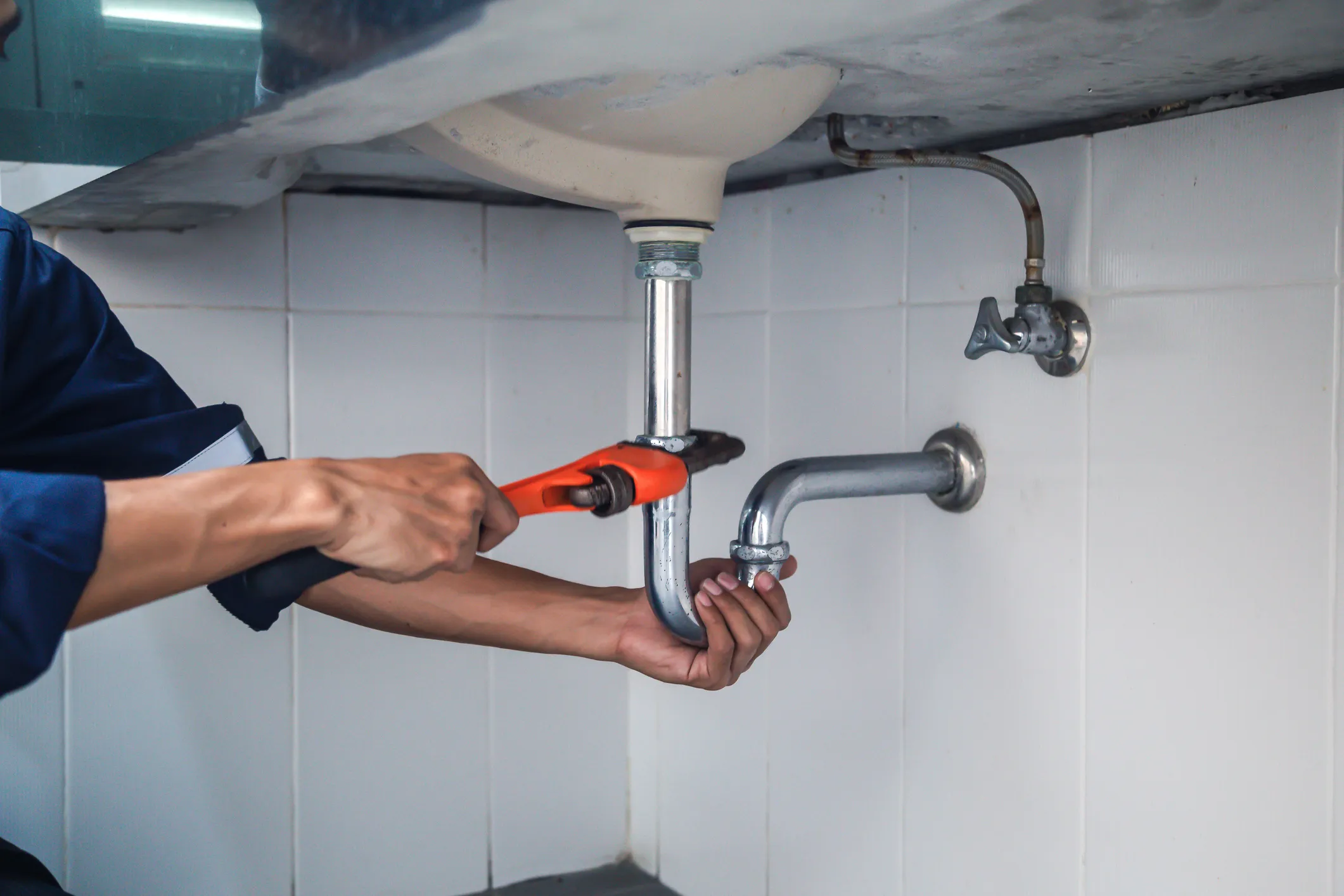How You Can Prevent Flood Damage, Leaks and Clogs
You count on your home’s plumbing to support daily chores and plumbing fixtures, but potential problems can hide around every corner. Fortunately, you can prevent obstructions, leaks and even flooding with a little routine care. Here’s how you can keep your plumbing in check and your stress levels low.
1. Know What Not to Put in the Drain
Many kitchen sinks may be outfitted with a garbage disposal, but certain food items still rather than rinsed down the drain, like:
- Grease from cooking
- Tough foods like corn husks and celery stalks
- Old food like steamed rice or coffee grounds
- Tough pieces of food such as fruit pits and bones
- Anything that isn’t edible. Silverware and similar items can fall into the disposal and cause damage when you turn it on.
2. Know What Not to Flush
Toilets are designed to dispose of human waste and toilet paper. Here’s what you should never flush:
- Baby and/or wet wipes
- Paper towels
- Cotton swabs and cotton balls
- Feminine hygiene products
- Diapers
- Floss
- Out-of-date medications
3. Utilize Mesh Strainers
Another effective way to avoid a clog is to place drain strainers over your kitchen sinks and shower drains. They trap hair, bits of soap, crusty toothpaste and other debris as water goes down the drain. Stick to a regular schedule when you clean these strainers to keep your drains running smoothly.
4. Know Where the Main Shutoff Valve Is Located
Being knowledgeable about your plumbing system means knowing how to find your main water shutoff valve. This valve controls water entering your home, so knowing where it is means you can turn it off quickly in a plumbing emergency. It’s also wise to shut off this valve before leaving town for an extended period. Common locations for the main shutoff valve include the basement, near the water heater, in a utility closet or outside the home buried underground.
5. Get a Sump Pump
Installing a sump pump will go a long way toward preventing floods, especially in regions prone to heavy rainfall. This device extracts water that gathers in a sump basin, usually found in the basement, and expels it away from the house. For homes that already have a sump pump, check it every now and then by dumping some water into the pit. If the pump activates and the pit drains, it’s working fine. If it doesn’t seem to be working properly, you have time to call a professional to repair the pump before another big thunderstorm rolls through.
6. Set Up Flood Alarms
Just as smoke alarms are a big part of good fire safety, flood alarms are useful for preventing water damage. These wired or battery-operated devices detect water at the earliest stages of flooding or leaks, sounding an alarm to alert you. For even more protection, connect smart flood alarms into your home security system. This alerts you on your phone after water is detected, enabling you to resolve leaking pipes before it leads to significant damage.
7. Install a Backflow Valve
Another helpful plumbing tip is to put in a backflow valve in the basement floor drain to keep sewage from flowing backward into their homes after heavy rainfall. Local expert plumbers can set up this strong layer of protection against sewage flowing back into the house.
Find and Stop Leaks
Now that we’ve covered best practices and useful plumbing accessories, let’s review some preventive steps you can take to avoid leaks, or worse, burst pipes.
Most of your home system of plumbing pipes and fixtures is concealed, so water issues often go unseen until they cause major problems. Regularly checking for leaks can help you spot trouble before it gets worse. Here are some ideas for you to try:
- Inspect under the sink for signs of damp spots, wood rot or mildew.
- Find slow leaks in your toilet by adding some drops of food coloring to the tank. If the color shows up in the bowl after 30 minutes without flushing, you’ve got a leak.
- Examine around and behind your plumbing appliances, including the dishwasher or washing machine, for signs of water damage or leaking.
- Have a professional perform a water meter test.
- To start, shut off all water in your home via the home’s water main.
- Then, go outside to read the water meter. Check one more time in two hours, being careful not to use any water before the test is done.
- If the reading goes up, it means there’s a leak somewhere.
Prevent Your Pipes from Freezing
In colder climates, helping protect the plumbing pipes is a good part of any plan to minimize the risk of freezing and bursting. Here are some tips:
- Cover pipes in the appropriate insulation in unfinished spaces like the basement, garage or attic using insulating foam or heating tape.
- Disconnect garden hoses from the spigots attached to your plumbing during the winter to keep ice from forming inside the pipes.
- Keep all cabinets with plumbing pipes open during cold spells to allow warm air to circulate around the pipes.
Partner with a Trusted Plumber
While you can carry out many preventive steps yourself to help prevent clogs, leaks and flooding, it’s never a bad idea to have an experienced plumber to keep things flowing smoothly. That’s where can help. We work with some of the best plumbers supporting U.S. homeowners from coast to coast with service backed by a 100% satisfaction guarantee. If you’re not completely thrilled with your level of service up to a year later, we will do everything we can to make it right. This industry-leading dedication shows how we strive to make a meaningful difference in your life. For Expert plumbing service that exceeds expectations, please contact us today
